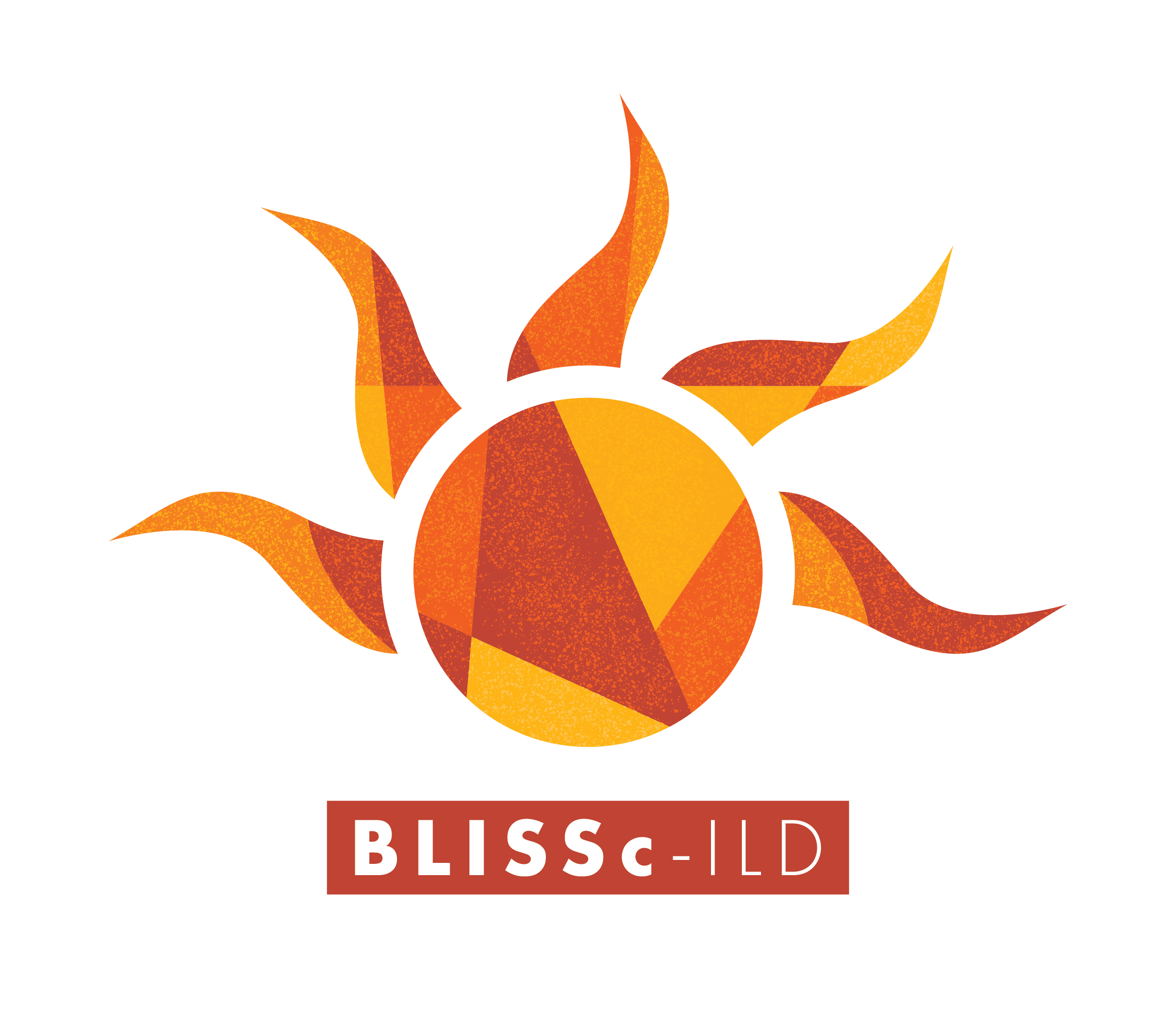What is the BLISSc-ILD Study?
Clinical studies help doctors learn more about what a specific treatment does in people with a specific health condition, what side effects can be expected, and whether the treatment can help people with that condition.
The BLISSc-ILD Study is being done to see if a drug that is already being prescribed for a related condition can be safely used for systemic sclerosis, also known as scleroderma.
Watch this video to learn about clinical studies, also known as clinical trials.

Who can join the study?
This study will include about 300 adults with systemic sclerosis. Below are some of the criteria.
Age
18 years of age or older
Disease duration
Less than 7 years
Diagnosis
Systemic sclerosis with extensive skin thickening and interstitial lung disease
If you are interested in the study, a study staff member will explain the study to you, give you a form to read, and answer all of your questions. This process is called Informed Consent. If you agree to participate, you’ll sign the Informed Consent Form.
How long is the study?
The study lasts up to 66 weeks and has 3 main parts. Afterwards, there is an extension study.
The BLISSc-ILD Study
Screening
Up to 6 weeks
1 or more clinic visits
To check your eligibility for the study
Study Treatment
52 weeks
7 clinic visits
To assess the study drug’s effects on your disease and to ensure its use is safe
Safety Follow-Up
8 weeks
1 clinic visit
To monitor for any side effects after study treatment is finished
Extension Study
If you successfully complete the study treatment period, you may be offered the option to participate in an extension study, which will provide access to the study drug for an additional period of time.
What is the study drug?
The study drug is either the active study drug (which is already being prescribed for a related condition) or a placebo. The placebo looks just like the study drug but has no active ingredients.
The study drug—both the active drug and the placebo—is given as an injection under the skin once a week. You would also keep taking your usual medications for your disease.
You have an equal chance of receiving the active study drug or a placebo.
What kinds of tests and procedures will there be?
At clinic visits, you will answer questions about yourself, your current health, and your medical history. You will also have health checks and tests such as those below. Not all tests are done at every visit.
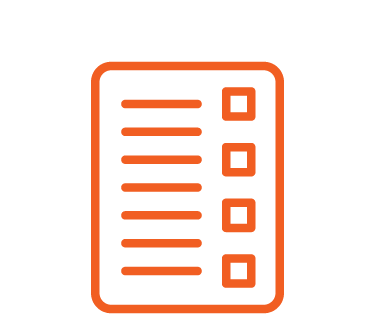
Questionnaires

Physical exam (with skin exam)
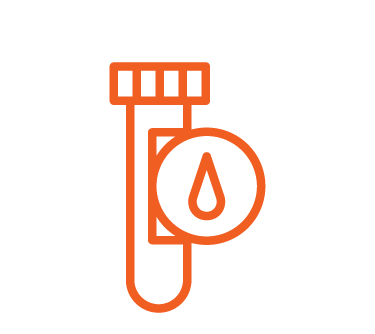
Blood tests
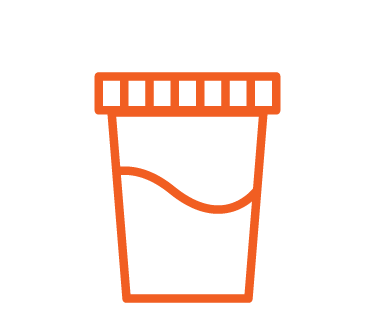
Urine test

Pregnancy test (if applicable)
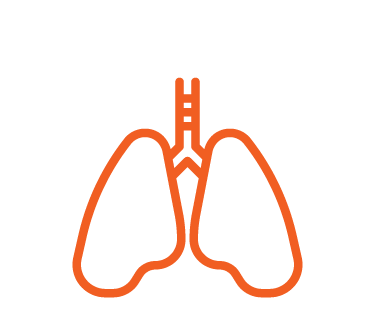
Lung function tests

ECG heart test

High resolution CT scan

Skin punch biopsy (optional)
Where can I participate in the Study?
Enter your postal code below to find a study site near you.
